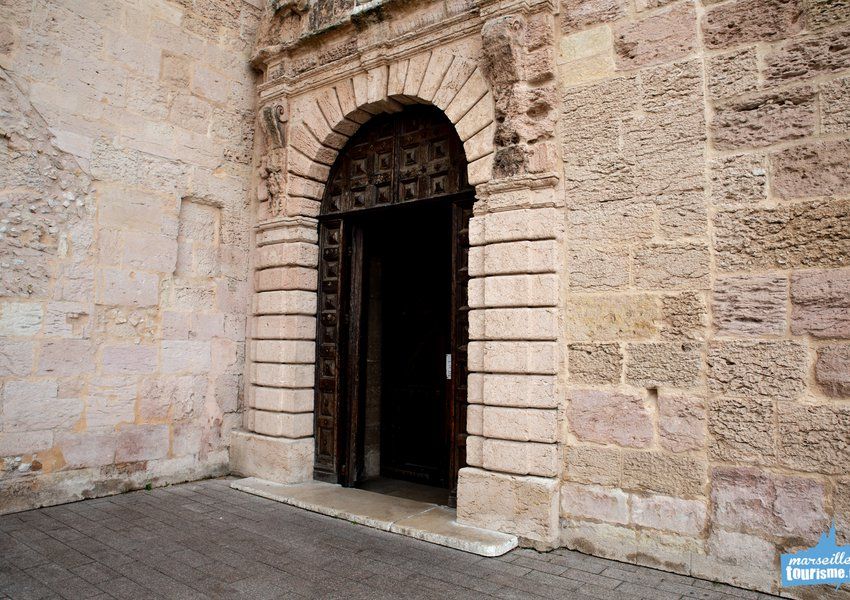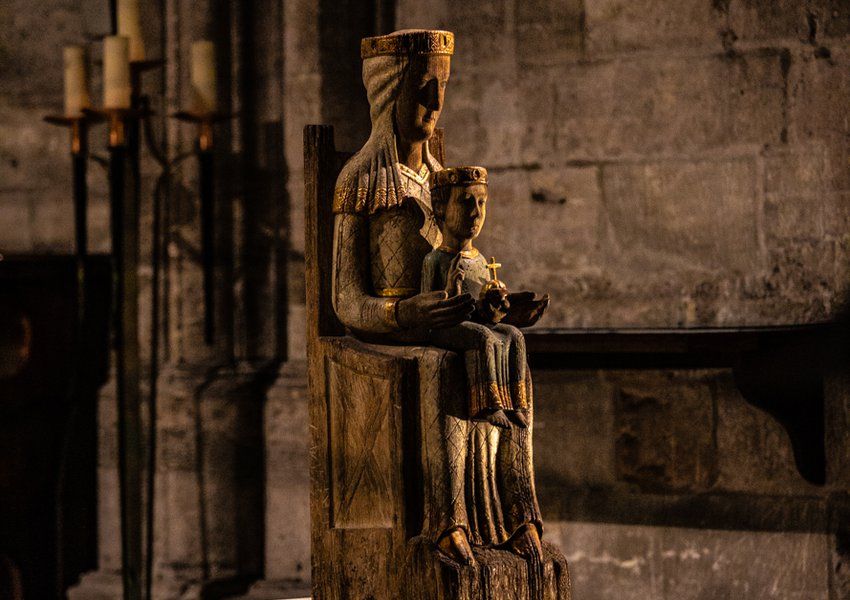Discover Saint Victor Abbey on Marseille's hills
In Marseille, Saint-Victor Abbey is one of those unavoidable places that should not be misse if you are visiting the city. Religious, cultural and symbolic monument, St Victor Abbey is unique and is a vestige of Marseille's history. Indeed, included in the register of historical monuments in 1840, it is a treasure of the early Christian era and Romanesque architecture. It is one of the most beautiful churches in the city and is a privileged place to pray in Marseille.
Saint Victor Abbey, a jewel of architecture
From the 5th century the area had a chapel, which was transformed into a crypt in the Romanesque period in the 11th century. The building is fortified and contains early Christian sarcophagi in the crypt that can be visited. The architectural style and the legends, symbols and beliefs associated will not let you indifferent.
From an architectural point of view, two forms of art are used. Romanesque art in the central nave with broken barrel arches, while Gothic art can be found in the aisles, transept and choir. The view of the port from the site is absolutely magnificent and worth the detour on its own.How not to fall under the spell of this place steeped in history? Many traditions and cultural activities are associated with St Victor Abbey. Let us mention in particular the traditional procession of the candlemas with the blessing of the Navettes from the nearby bakery.
Many cultural, artistic and archaeological activities are organized, in particular the internationally renowned Saint Victor Classical Music Festival.
The Navettes and their history
It is also near the Abbey that the oldest bakery in Marseille is located, which offers the famous Navettes. These pastries symbolize the arrival of Saint Lazarus and the two "Maries", Saint Mary Magdalene and Saint Martha, who came to Saintes Maries de la Mer almost 2000 years ago. From there the disciples of Christ went to evangelize Massilia.
In the crypt of Saint Victor we can see the "cave of Saint Lazarus and Saint Mary Magdalene" and a seat carved in the rock in which he preached. Mary Magdalene then retired to the arid mountain of Sainte Baume (balsam means cave in Provençal). The cave of Marie Madeleine at Sainte Baume is also open to visitors.










